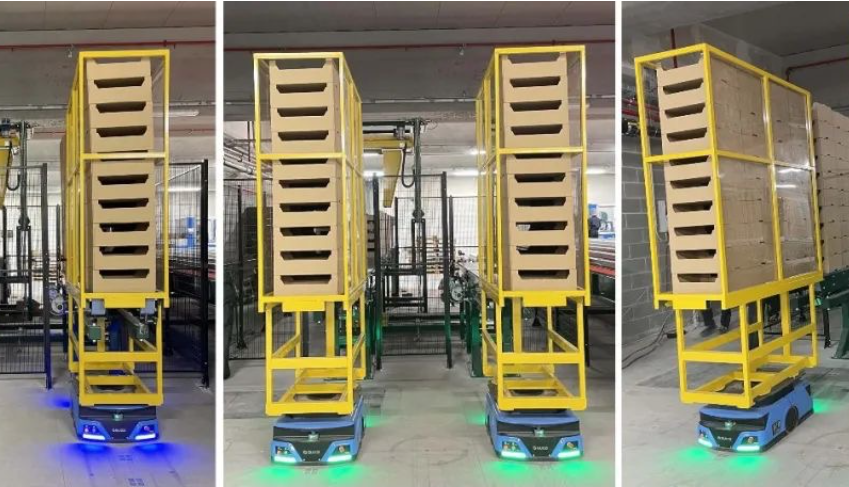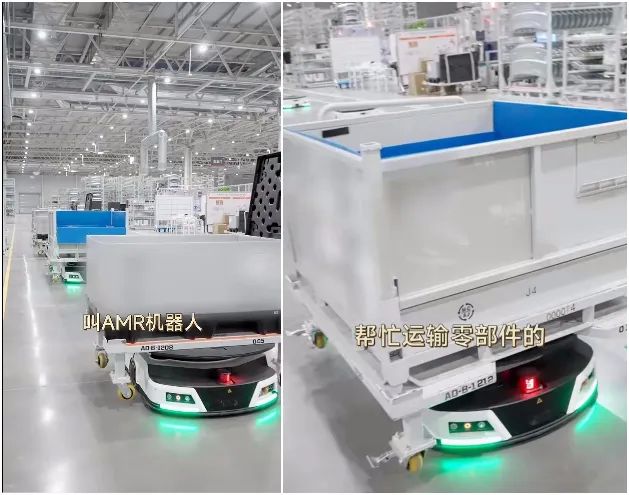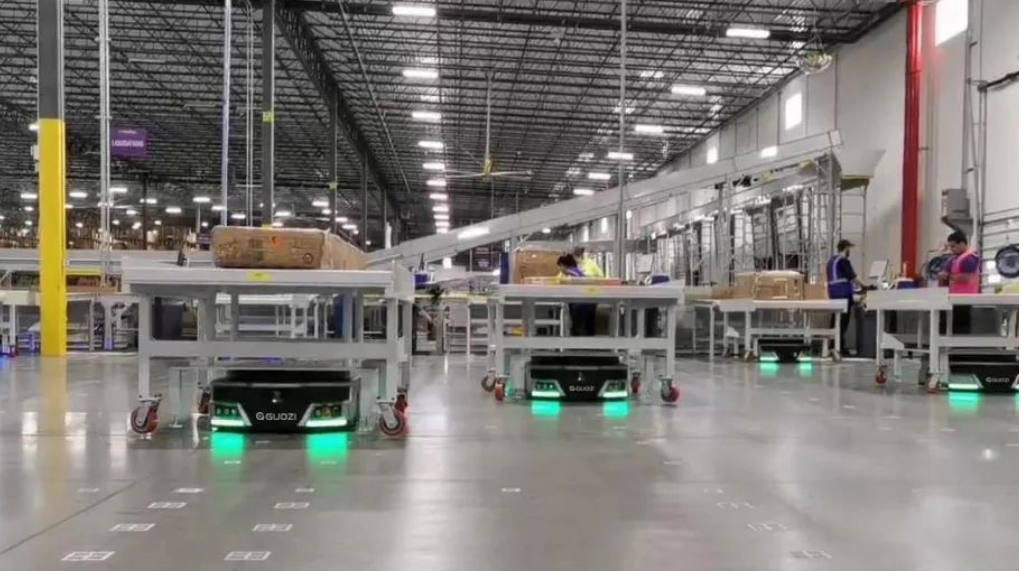With the rapid advancement of technology, the application of robotics in industrial production in China is becoming increasingly widespread, especially in the field of heavy industry maintenance. Robots are emerging as the new favorite in the industry due to their efficiency, precision, and stability. This article will delve into the current state and future prospects of robots in heavy industry maintenance, covering the development of robotics, application scenarios, and future trends.
I. Development of Robotics
- Intelligence
In recent years, artificial intelligence has achieved remarkable success, endowing robots with higher levels of intelligence. Through algorithms such as deep learning and neural networks, robots can perceive, judge, and make decisions in complex environments, thereby better completing maintenance tasks.
- Networking
With the popularization of technologies like 5G and the Internet of Things, robots can achieve remote monitoring, data transmission, and analysis. This allows robots to collaborate over a wider range, improving maintenance efficiency.
- Flexibility
The application of new materials and drive technologies has made robots more flexible and adaptable. They can operate in various harsh environments, meeting the needs of heavy industry maintenance.
- Autonomous Navigation
Equipped with sensors such as LiDAR and cameras, robots can navigate autonomously, avoiding obstacles and ensuring operational safety. Additionally, they can plan paths to improve efficiency.
II. Application Scenarios of Robots in Heavy Industry Maintenance
- Equipment Inspection
Robots can replace humans in equipment inspection, detecting potential faults and providing early warnings. By carrying various sensors, robots can monitor the operational status of equipment in real-time, ensuring production safety.
- Maintenance Operations
In high-temperature, high-pressure, toxic, and hazardous environments, robots can take over maintenance tasks from humans. For instance, in nuclear power plants and chemical factories, robots have been successfully applied to equipment repair and troubleshooting.
- Painting Operations
The large size of heavy industrial equipment makes painting labor-intensive and inefficient. Using robots for painting can improve the quality of the paint job and reduce labor costs.
- Welding Operations
Robots can precisely control welding parameters to ensure welding quality. Additionally, their high welding speed significantly increases production efficiency.
- Material Handling
Material handling is a laborious task in heavy industrial production. Using robots for logistics handling can reduce the labor intensity and improve production efficiency.
III. Future Trends
- Technology Integration
In the future, robotics will deeply integrate with other fields (such as big data and cloud computing) to achieve more efficient and intelligent maintenance operations.
- Modularity
To meet the needs of different scenarios, robots will develop towards modularity and diversity. Users can quickly assemble suitable maintenance robots based on actual requirements.
- Human-Robot Collaboration
With the continuous advancement of robotics, human-robot collaboration will become a significant model in future heavy industry maintenance. Robots and humans working together can leverage their respective strengths to improve production efficiency.
- Environmental Friendliness
With increasing awareness of environmental protection, future robots will place greater emphasis on green practices, such as using clean energy and reducing noise.
In conclusion, the market for robots in heavy industry maintenance has a broad prospect and is expected to become a new blue ocean for China’s robotics industry. Companies should seize the opportunity, increase research and development investment, and promote the widespread application of robotics in heavy industry maintenance. At the same time, governments, industry associations, and other stakeholders must also work together to create a favorable environment for the development of the robotics industry.








